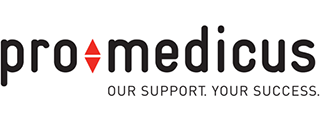RSNA 2013: Visage’s Top Five
Visage Imaging @ RSNA 2013 For all who attended, thank you for making RSNA 2013 such a success for Visage Imaging. It was great spending time with customers, demonstrating our latest innovations, and hearing about your plans for enterprise imaging initiatives in 2014. Similar to last year, we’ve developed our “top five” observations coming out of the conference. If you had similar or different observations, we’d love to hear about your views on any of our social media platforms. If you didn’t attend RSNA, we hope you find the observations valuable: 1. Take the lead. There’s a great dichotomy that has developed in medical imaging—while there’s an undertone of uncertainty in the US due to a variety of environmental factors, leading imaging organizations are moving forward seizing the opportunity to differentiate and separate from competitors. Visage 7 Workstation As legacy PACS have aged, no organization has coveted upgrading or replacing ‘PACS with PACS’ for negligible gain; however, times have changed. Whereas conventional solutions offer competitive parity, leading organizations have recognized that Visage 7, independently or in combination with other best of breed solutions, offers dramatic step-change improvements that leapfrog the status quo. Of note, respected industry analyst Frost & Sullivan* explained in their “RSNA 2013 Review”, Visage 7 “emphasized high performance [and] distinguished from other universal viewers as being an end-to-end viewer that can overlay existing PACS viewers and be used across several imaging specialties for primary diagnosis as well as for secondary viewing by clinicians.” While some lessor competitors are strategically comatose, top organizations have decided to break from the pack and move ahead. Michael Gray was arguably the first to write about this strategy following RSNA 2013, and Joe
